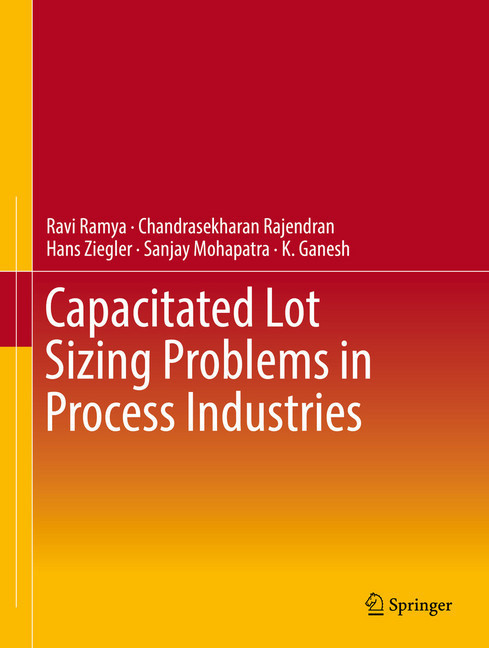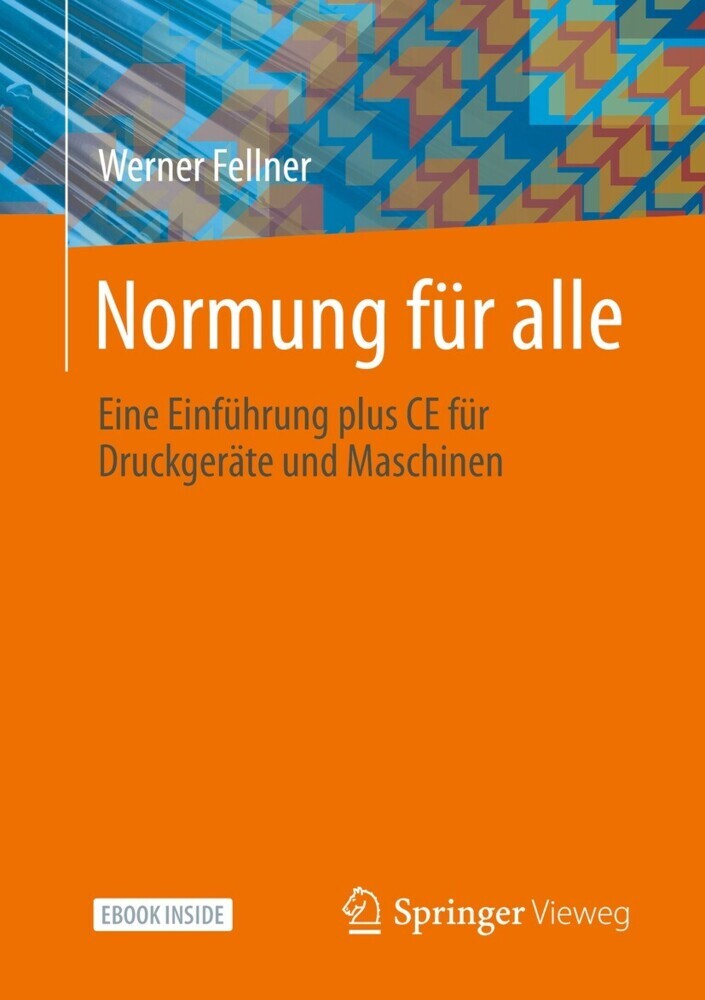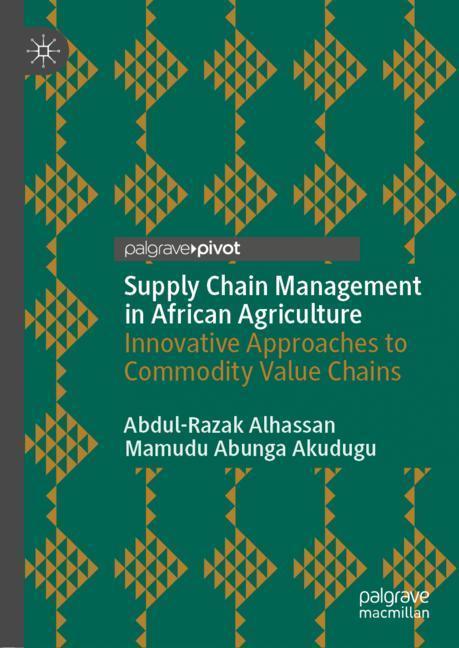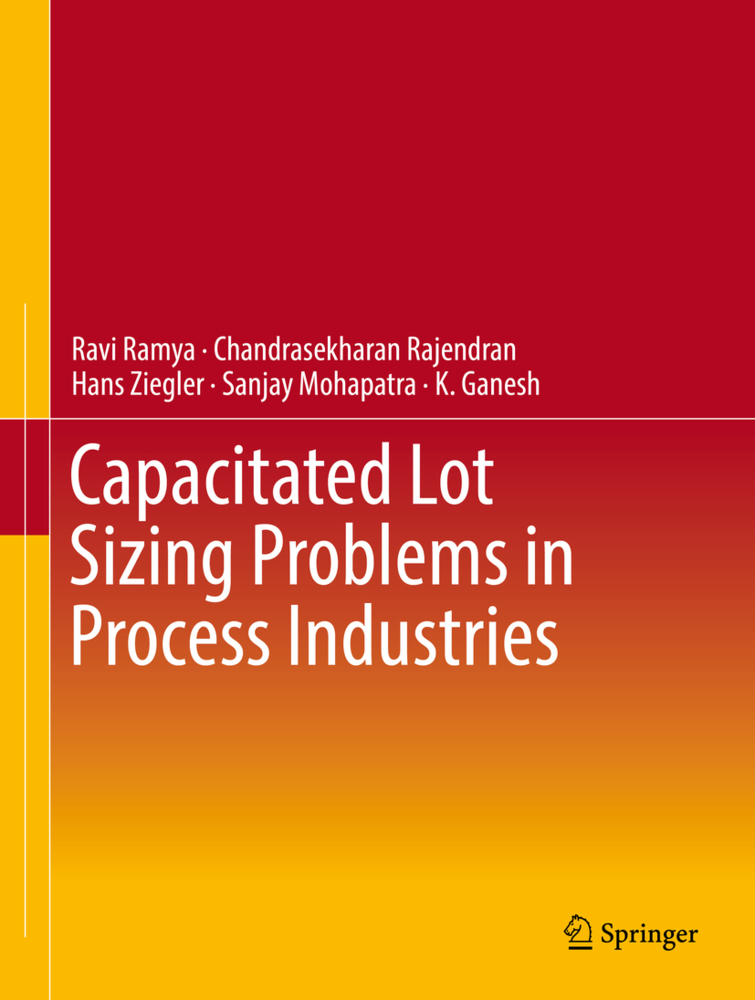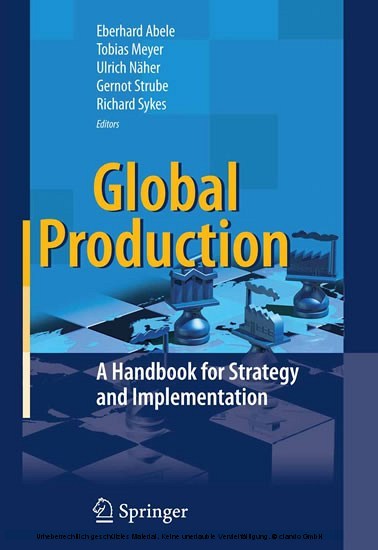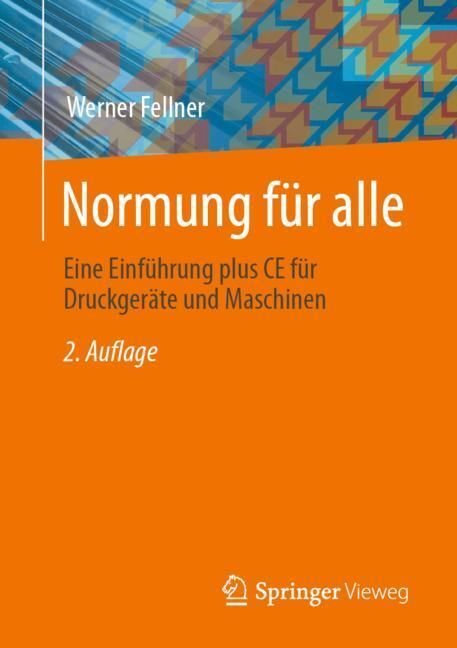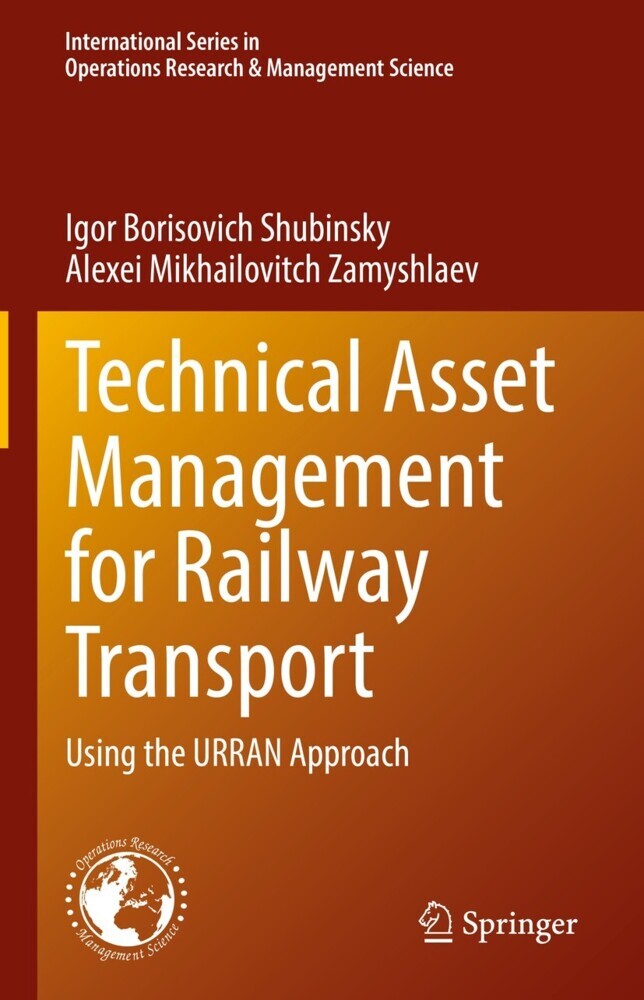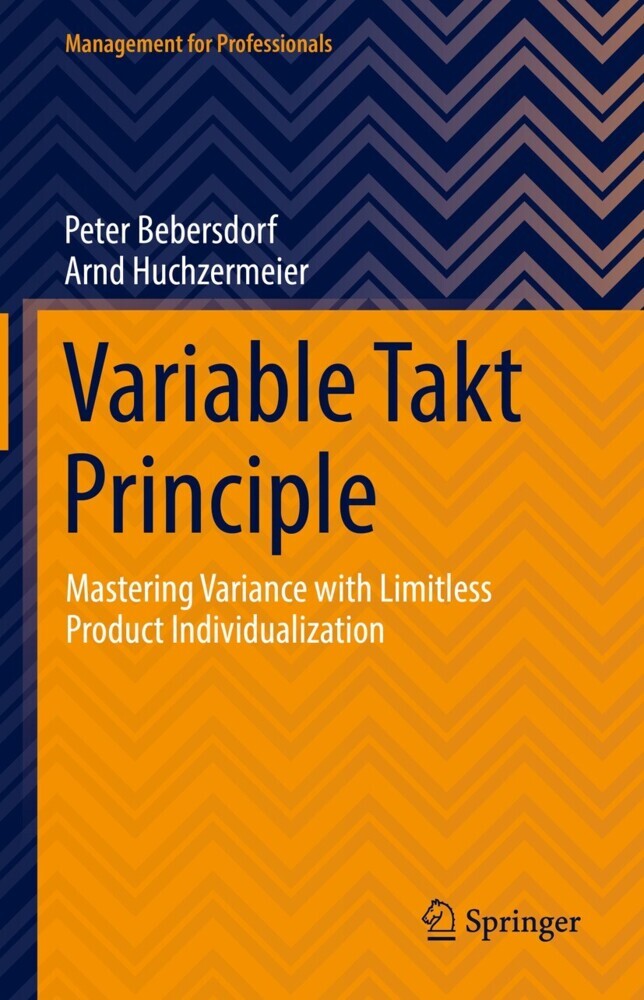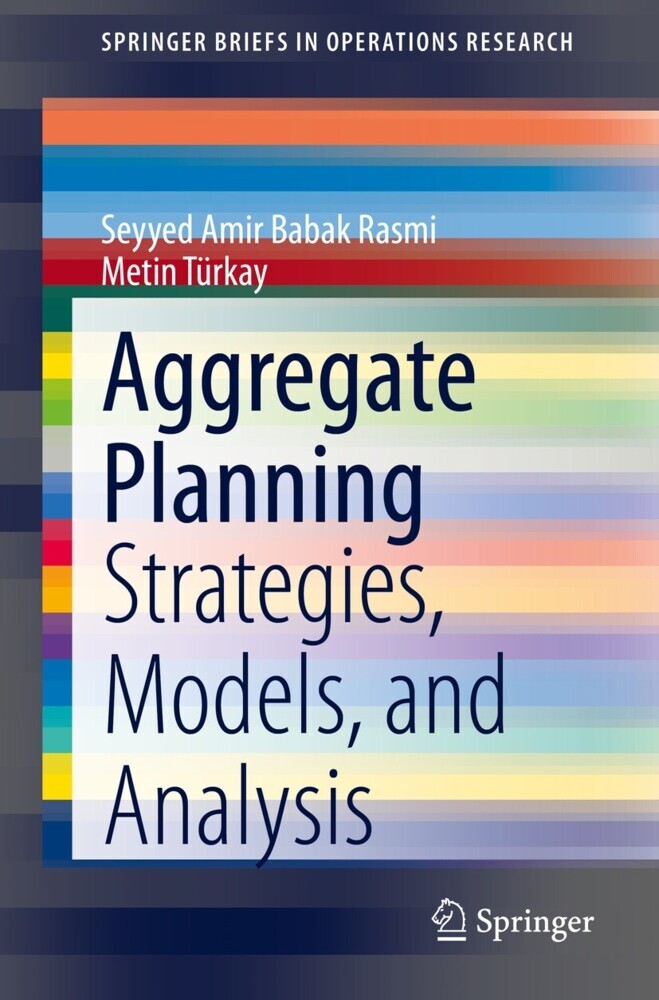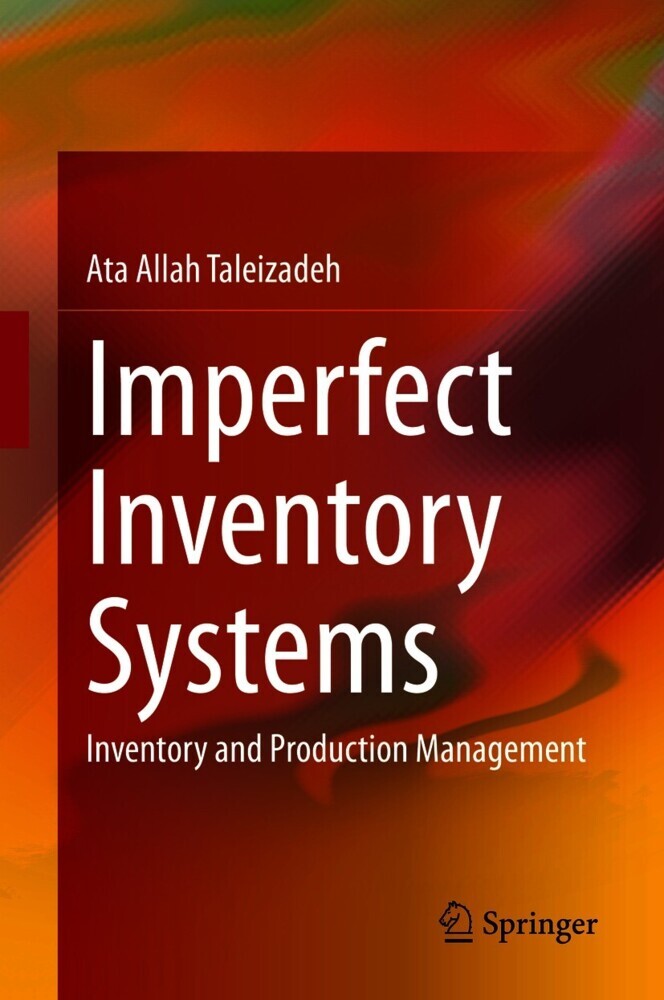Capacitated Lot Sizing Problems in Process Industries
Capacitated Lot Sizing Problems in Process Industries
This book examines the Capacitated Lot Sizing Problem (CLSP) in process industries. In almost all process industries, there are situations where products have short/long setup times, and the setup of the product and its subsequent production are carried over, across consecutive periods. The setup of a product is carried over across more than one successive period in the case of products having long setup times. A product having short setup has its setup time less than the capacity of the period in which it is setup. The setup is immediately followed by its production of the product and it may also be carried over, across successive time period(s). Many process industries require production of a product to occur immediately after its setup (without the presence of idle time between the setup and production of the product), and they also require the product to be continuously produced without any interruption. This book considers a single-machine, single-level and multiple-item CLSP problem. This book introduces the Capacitated Lot Sizing Problem with Production Carryover and Setup Crossover across periods (CLSP-PCSC). Mathematical models are proposed which are all encompassing that they can handle continuous manufacturing (as in process industries), and also situations where the setup costs and holding costs are product dependent and time independent/time dependent, with possible backorders, and with other appropriate adaptations. Comprehensive heuristics are proposed based on these mathematical models to solve the CLSP-PCSC. The performance of the proposed models and heuristics are evaluated using problem instances of various sizes. This book also covers mathematical models developed for the Capacitated Lot Sizing Problem with Production Carryover and Setup Crossover across periods, and with Sequence-Dependent Setup Times and Setup Costs (CLSP-SD-PCSC). These models allow the presence of backorders and also address real-life situations present in process industries such as production of a product starting immediately after its setup and its uninterrupted production carryover across periods, along with the presence of short/long setup times. Heuristics proposed for the CLSP-PCSC can be extended to address the CLSP problem with sequence dependent setup costs and setup times. All the models and heuristics proposed in this book address some real-life considerations present in process industries.
Ramya Ravi currently works in Caterpillar India Private Limited at Chennai, India. She completed Bachelor of Engineering in Electrical and Electronics Engineering at Sri Chandrasekharendra Saraswati Viswa Mahavidhyala University in 2008. She completed Master of Engineering in Industrial Engineering at Thiagarajar College of Engineering, Madurai (Anna University) in 2011. Thereafter, she received Ph.D. in Operations Management from IIT Madras in 2017. Her research interests include Supply Chain Management, Inventory Optimization, Production Planning and Scheduling, and Analytics. She has a publication in International Journal of Production Research, and she has attended international conferences, both in India and abroad.
Chandrasekharan Rajendran is a Professor in the Department of Management Studies at IIT Madras, India. He holds RAGS Family Foundation Institute Chair in IIT Madras. He has been serving on the faculty of IIT Madras since 1987. His research interests include Operations and Supply Chain Management, Logistics and Distribution Management, Scheduling in Manufacturing and Service Systems, Optimization and Heuristic Techniques, Simulation Modeling, and Quality Management. He is a recipient of Alexander von Humboldt Research Fellowship of Germany and he is also a Visiting Professor in University of Passau, Germany. He has been conferred Dr. rer. pol. h.c. (Doctor of Business Administration and Economics (Honoris Causa)) by University of Passau for his outstanding achievements and contributions to research. He has been ranked
Ramya Ravi currently works in Caterpillar India Private Limited at Chennai, India. She completed Bachelor of Engineering in Electrical and Electronics Engineering at Sri Chandrasekharendra Saraswati Viswa Mahavidhyala University in 2008. She completed Master of Engineering in Industrial Engineering at Thiagarajar College of Engineering, Madurai (Anna University) in 2011. Thereafter, she received Ph.D. in Operations Management from IIT Madras in 2017. Her research interests include Supply Chain Management, Inventory Optimization, Production Planning and Scheduling, and Analytics. She has a publication in International Journal of Production Research, and she has attended international conferences, both in India and abroad.
Chandrasekharan Rajendran is a Professor in the Department of Management Studies at IIT Madras, India. He holds RAGS Family Foundation Institute Chair in IIT Madras. He has been serving on the faculty of IIT Madras since 1987. His research interests include Operations and Supply Chain Management, Logistics and Distribution Management, Scheduling in Manufacturing and Service Systems, Optimization and Heuristic Techniques, Simulation Modeling, and Quality Management. He is a recipient of Alexander von Humboldt Research Fellowship of Germany and he is also a Visiting Professor in University of Passau, Germany. He has been conferred Dr. rer. pol. h.c. (Doctor of Business Administration and Economics (Honoris Causa)) by University of Passau for his outstanding achievements and contributions to research. He has been ranked
1;Preface;6 2;Contents;8 3;List of Tables;11 4;List of Figures;13 5;Abbreviations;17 6;Notations;19 7;1 Introduction;34 7.1;1.1 Preamble to the Production Planning Problem;34 7.2;1.2 Basic Characteristics and Attributes of Lot Sizing Models;35 7.2.1;1.2.1 Time Based Characteristics and Attributes;35 7.2.1.1;Planning Horizon;36 7.2.1.2;Time Scale;36 7.2.1.3;Parameters/Data;36 7.2.1.4;Objective Function;36 7.2.1.5;Cost Components;36 7.2.1.6;Capacity;36 7.2.1.7;Number of Resources;37 7.2.1.8;Setup Operation;37 7.2.2;1.2.2 Product Based Characteristics and Attributes;37 7.2.2.1;Number of Products;37 7.2.2.2;Inventory Restrictions;37 7.2.2.3;Service Policy;38 7.3;1.3 Classification of Lot Sizing Models;38 7.3.1;1.3.1 Continuous Lot Sizing Problem: Economic Lot Scheduling Problem (ELSP);38 7.3.2;1.3.2 Dynamic Lot Sizing Problem;38 7.3.2.1;Uncapacitated Lot Sizing Problem;38 7.3.2.2;Capacitated Lot Sizing Problem;39 7.3.2.3;Small Bucket Lot Sizing Models;39 7.3.2.4;Big Bucket Lot Sizing Models;40 7.4;1.4 An Analysis of Lot Sizing Literature;43 7.4.1;1.4.1 Literature on CLSP Without Production Carryover Across Periods and Without Sequence Dependent Setups;44 7.4.2;1.4.2 Literature on CLSP Without Production Carryover Across Periods and with Sequence Dependent Setups;50 7.4.3;1.4.3 Literature on CLSP with Production Carryover Across Periods and Without Sequence Dependent Setups;52 7.4.3.1;CLSP with Production Carryover Across Periods and Setup Splitting Between Two Periods;56 7.4.3.2;CLSP with Production Carryover Across Periods and Setup Crossover Across Many Periods;59 7.4.4;1.4.4 Literature on CLSP with Production Carryover Across Periods and with Sequence Dependent Setups;59 7.5;1.5 Integrated Decision Making in Supply Chains;63 7.6;1.6 Summary;64 8;2 CLSP: Real Life Applications and Motivation to Study Lot Sizing Problems in Process Industries;65 8.1;2.1 Production Planning in Discrete Manufacturing Industries and Continuous Manufacturing Industries;65 8.1.1;2.1.1 Discrete Manufacturing Industries;65 8.1.2;2.1.2 Continuous Manufacturing Industries;65 8.1.2.1;Batch Process Industries;66 8.1.2.2;Die Casting Industry;66 8.1.2.3;Rubber Accessories Manufacturing Industry;67 8.1.2.4;Flow/Continuous Process Industries;67 8.1.2.5;Paper and Pulp Industry;67 8.1.2.6;Planning of Beverage Production;68 8.1.2.7;Cement Manufacturing Process;68 8.1.2.8;Food Processing Industry;69 8.1.2.9;Continuous Casting of Steel Plates;70 8.1.2.10;Planning of Production of Glass Containers;70 8.1.2.11;Process of Sugar Manufacturing;70 8.2;2.2 Further Motivation from a Real-Life Case Study;72 8.3;2.3 Scope of the Book in the Context of Process Industries;73 8.4;2.4 Summary;77 9;3 Capacitated Lot Sizing Problem with Production Carryover and Setup Crossover Across Periods (CLSP:PCSC): Mathematical Model 1 (MM1) and a Heuristic for Process Industries;78 9.1;3.1 Introduction and Problem Definition;78 9.2;3.2 Basic Assumptions of the Proposed Mathematical Model (MM1:CLSP-PCSC);83 9.3;3.3 Mathematical Model (MM1:CLSP-PCSC) for the Capacitated Lot Sizing Problem with Production Carryover and Setup Crossover Across Periods;84 9.3.1;3.3.1 Parameters/Indices;84 9.3.2;3.3.2 Decision Variables;85 9.3.3;3.3.3 Mathematical Model 1 (MM1:CLSP-PCSC);86 9.3.4;3.3.4 Method of Tracking Setups in MM1:CLSP-PCSC;95 9.4;3.4 Special Cases of CLSP-PCSC with Respect to MM1:CLSP-PCSC;95 9.4.1;3.4.1 Setup Cost of a Product Calculated with Respect to the Period of Its Setup Completion;95 9.4.2;3.4.2 Setup Cost and Holding Cost of a Product Being Time Independent;96 9.5;3.5 Numerical Illustrations and Discussion with Respect to MM1:CLSP-PCSC;96 9.5.1;3.5.1 Setup Cost of a Product Calculated with Respect to the Period of Its Setup Initiation;97 9.5.2;3.5.2 Setup Cost of a Product Calculated with Respect to the Period of Its Setup Completion;97 9.5.3;3.5.3 Setup Cost and Holding Cost of a Product Being Time Independent;98 9.5.4;3.5.4 Observations from an Existing Model;98 9.6;3.6 Proposed Heu
Ramya, Ravi
Rajendran, Chandrasekharan
Ziegler, Hans
Mohapatra, Sanjay
Ganesh, K.
| ISBN | 9783030012229 |
|---|---|
| Artikelnummer | 9783030012229 |
| Medientyp | E-Book - PDF |
| Copyrightjahr | 2019 |
| Verlag | Springer-Verlag |
| Umfang | 227 Seiten |
| Sprache | Englisch |
| Kopierschutz | Digitales Wasserzeichen |

